Announced on Wednesday, the DJI Power 2000 is a solid power station option made by the folks best known for lightweight drones, but it's not really one that you would consider easily portable or inexpensive.
In 2025, the portable power station market is thriving. Consumers are spoiled for choice with the wide selection of options for their personal power needs.
All ranging from large power stations and semi-permanent power backups designed for home use. On the other end are portable units tailored to camping, worksites, and for temporary use in emergencies
Among these manufacturers, DJI entered the market with its Power 1000 portable power station and solar accessories. While best known for camera gimbals and drones, the company also sold portable power products as an expansion of its brand ecosystem.
Now, DJI has launched the newest version of their power station, the . DJI says it is an upgraded version of the Power 1000 model with more power, durability, and management with its brand-exclusive app.
DJI Power 2000 Review: Specifications
- Weight: 47 pounds.
- Dimensions: 13 inches height x 16 inches length x 8 inches width
- Capacity: 2,048Wh
- Output: 3000W
- Cycle Life: LFP batteries. Up to 4000 charging cycles before the capacity reduces to 80 percent.
- AC input: 2,200W
- Ports: AC outlets x4, USB-A x4, USB-C x4
- Uninterruptible power supply (UPS) mode with 0.01 seconds switchover time
DJI Power 2000 Review: Quality and Features
The Power 2000 arrived in a single large box that is incredibly well packed and padded for protection during shipping. That box contains the base unit, a standard AC cable, and a quick-start manual.
Out of the box, the Power 2000 is very well made and has a premium feel. Everything from the case to the buttons and the cables feels heavy and durable.
The display screen is bright and easy to read. All the outlets are on the front of the unit and are easily accessible.
However, just like tanks and SUVs, added durability means added weight. For the Power 2000, that means it weighs in at just over 47 pounds.
The Power 2000 is technically a portable power station, but not if you have injuries or health issues that prevent you from lifting significant weights. In that case, you'll need to find another method of transportation or opt for a lighter option.
The Power 2000 has two built-in handles to make carrying easier, but that's it.
DJI offers a hand truck/battery extender combo on its store website for a staggering $998, but there is no hand truck-only option. As of this writing, the accessory works with the Power 1000 model, and it is unknown if a version for the Power 2000 will be available.
DJI Power 2000 Review: Charging Options
To accommodate a range of scenarios and options, DJI offers multiple charging methods for the Power 2000.
Using wall charging, it takes 55 minutes to go from zero to 80 percent and 90 Minutes to full.
Solar power and the optional Car Super-Fast Charger can take 75 minutes to go from zero to full. Using power from a car alone can take 145 minutes to fill completely.
For testing, the Power 2000 was run to 10 percent power before trying the wall charging method, with the included AC cable. The power station was fully charged in just under 90 minutes.
The small issue with wall charging is the odd placement of the charging port on the front of the Power 2000.
Every power station I've tested placed that outlet on the side or back of the unit to avoid clutter. During testing, the unit needed to be turned slightly towards the wall to ensure there was enough slack on the AC cable.
This is a small annoyance, but worth bearing in mind.
DJI supplies a variety of solar panels, kits, and bundles in its online store for recharging the Power 2000 outdoors. Packages range from 100W to 1000W in capability and from $299 to $1,900 for a bundle of six solar panels.
DJI also sells its DJI Power 1.8k Solar/Car Super Charger for $319. This charger allows the simultaneous use of solar panels and extra power from a car alternator and battery to charge while on the road with 1800W of charging power.
The optional charging extras do have the byproduct of pushing the already hefty price of the Power 2000 higher.
The Power 2000 does not include solar panels or any form of car charging with the base unit. DJI includes the AC cable, and that's it.
If you intend to use the Power 2000 on a trip or worksite, you'll need to charge the station before setting off or have a wall outlet somewhere close when you reach your destination.
DJI Power 2000 Review: Usage
Every major manufacturer selling portable power stations offers proprietary apps with added controls and monitoring features for their products.
While many of these apps are lackluster and even go so far as to gate-keep some power station features behind app usage, the DJI app is solid.
DJI Home allows you to sync the Power 2000 to your phone over your Wi-Fi Network and monitor everything. This includes power input/output in general, charging times, and the precise use of each outlet on the power station.
The DJI Home app is available in the App Store.
For testing, the Power 2000 was put through a series of scenarios that occur in my day-to-day life.
Working from as a digital Illustrator from home means the loss of power is the loss of everything work-related. Here in the southern United States, power outages from storms and harsh weather are common occurrences.
I need a power station that provides steady power as a UPS, provides relief to keep working, and power to appliances for extended blackouts.
To simulate this, the Power 2000 was fully charged, and various appliances ran directly from the power station.
My refrigerator ran for over 10 hours on just the Power 2000 alone, and still had many hours of power remaining to charge my phone, iPad, and operate a small lamp. The Power 2000 never missed a beat.
To test a work-from-home emergency, I ran my router, Mac Studio, and Xencelabs drawing tablet through the Power 2000. I tested the UPS functionality by disabling the main power in my apartment to simulate a sudden power outage.
Not only did the Power 2000 maintain power without issue, but it also allowed me to run my workstation for five hours afterwards, with plenty of power to spare afterwards. It could go longer if needed in this scenario.
The Power 2000 runs incredibly quietly, and I only noticed faint sounds of the station fans while it was active and in total silence. In situations where light sleepers, campers, or small children are close to the Power 2000, this is a great feature for a power station.
While others make quiet running an option, DJI makes it standard for the Power 2000.
DJI Power 2000 Review: Quiet Power and higher weight
The Power 2000 retails for $1,299 US for just the power station. Don't get me wrong, the DJI Power 2000 is a solid power station, but factoring in the optional extras with solar panels and car charging, things can get spendy, quickly.
Comparable power stations on the market from Jackery and Bluetti retail for over $1,200, so making this kind of purchase is truly an investment in stability and peace of mind where you get what you pay for.
You can find smaller, cheaper options from clone brands — but we don't recommend this approach. A company like DJI has a history of providing quality products and their entries into portable power stations are no exception.
The Power 2000 is advertised as compact and portable. But while the Power 2000 occupies a smaller footprint, weighing 47 pounds means this power station is good for permanent home installation, non-mobile campsites, and worksites.
The Power 2000 is not something lightweight to pick and move on the go. But the quiet operation during use does make it ideal for camping and quiet moments indoors.
I have tested portable power stations that sound like a fighter jet taking off during charging and use, so the whisper-quiet operation of the Power 2000 is an excellent feature.
This is a solid power station for the investment, but the heavier weight is a deterrent for mobility, and the added extras ballooning the overall cost is something to also consider.
DJI Power 2000 review - Pros
- Excellent storage capacity and power output
- Excellent array of outlets
- Quick charging speed
- Durable build
- Quiet operation
DJI Power 2000 review - Cons
- Heavy for being advertised a portable and on-the-go lifestyles
- Unusual charging port placement
- Optional attachments add significant cost
Rating: 4 out of 5
Where to buy the DJI Power 2000
The Power 2000 and all the DJI accessories are available on , available from a discounted launch price of $1,099.
It's also available from B&H Photo, .
 Brian Patterson
Brian Patterson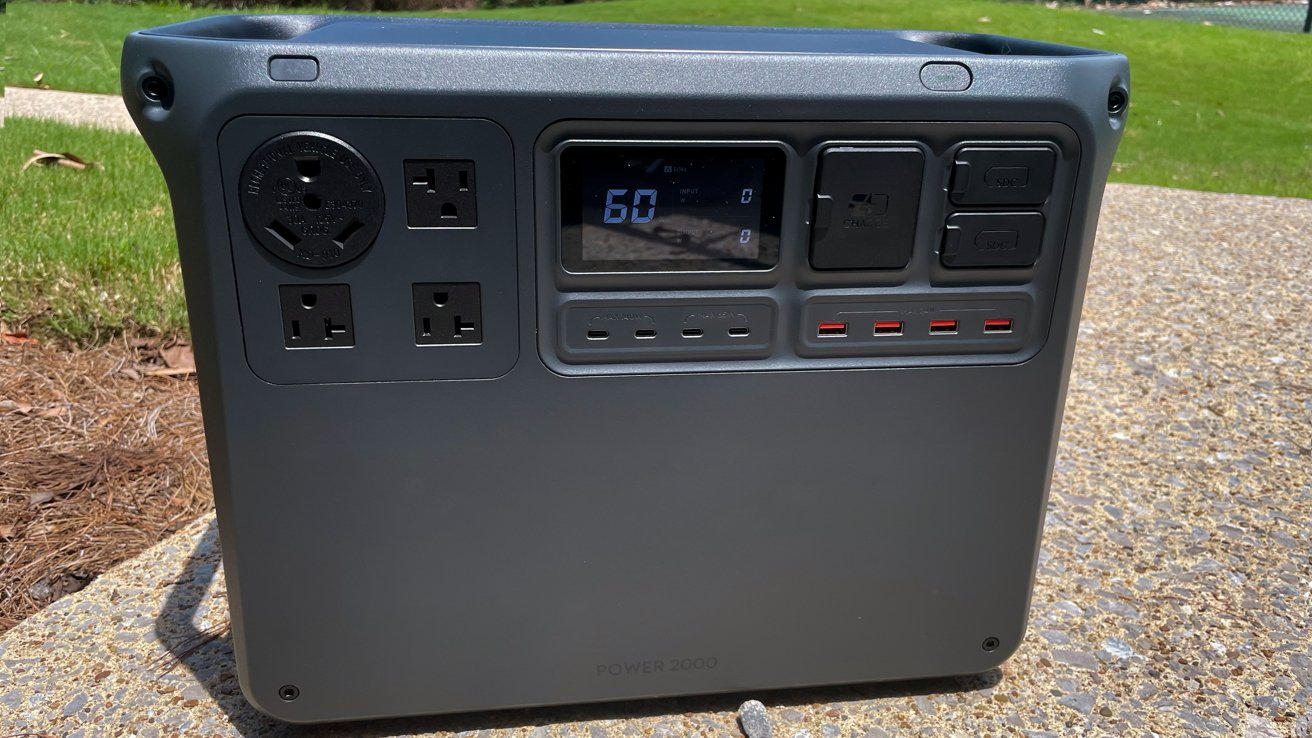
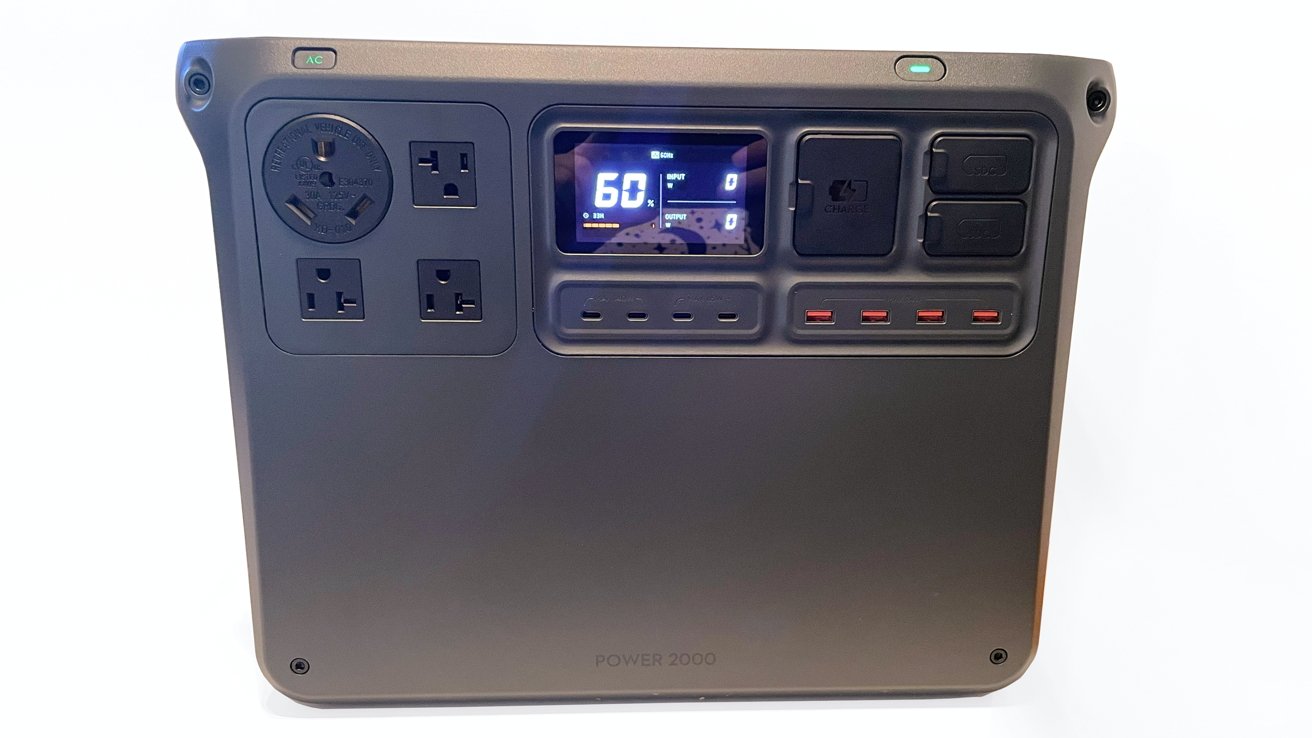
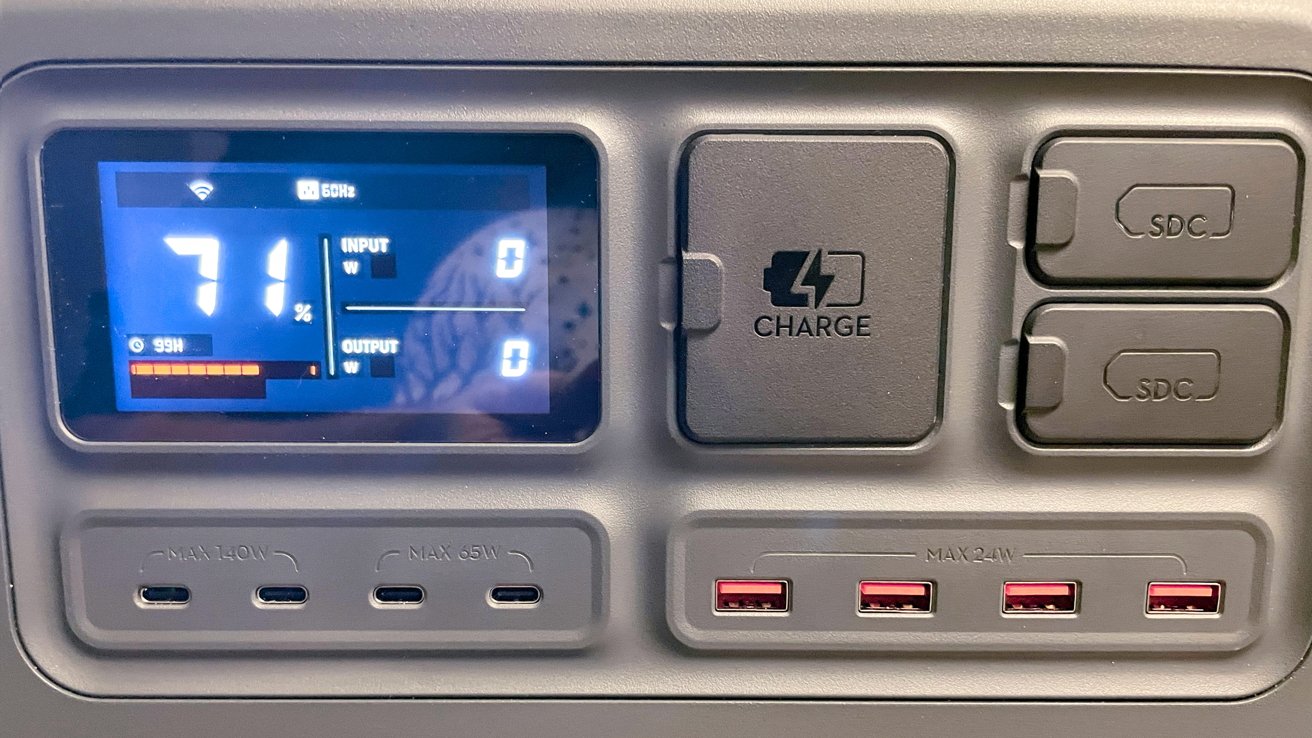
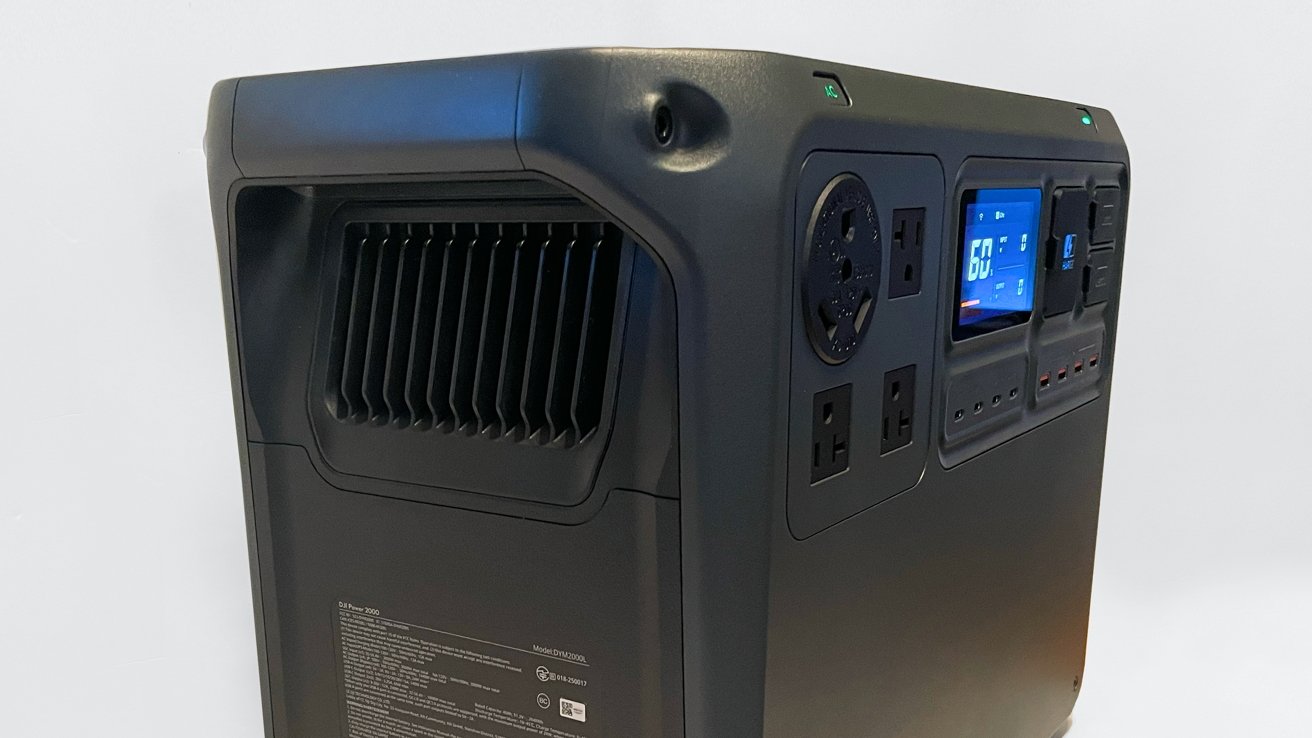








 Bon Adamson
Bon Adamson
 Andrew O'Hara
Andrew O'Hara
 Malcolm Owen
Malcolm Owen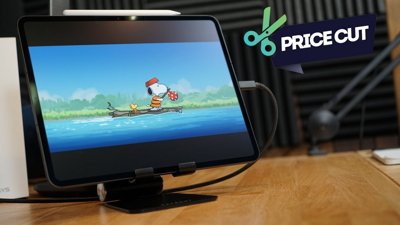
 Christine McKee
Christine McKee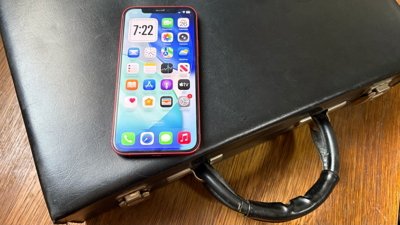
 Marko Zivkovic
Marko Zivkovic
 William Gallagher
William Gallagher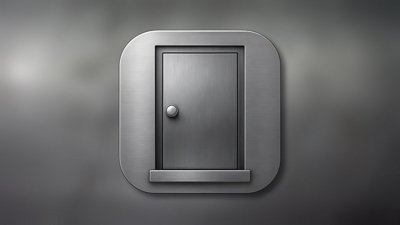
 Andrew Orr
Andrew Orr



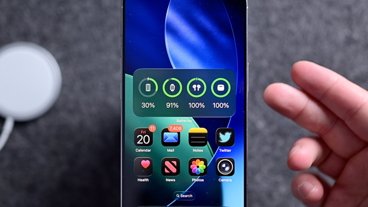
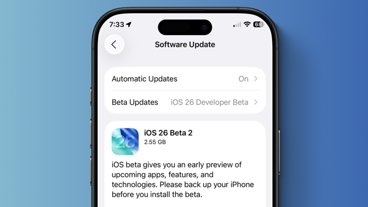

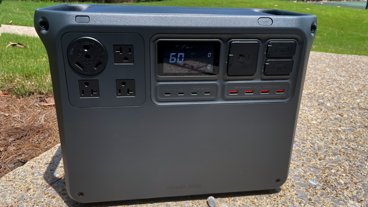
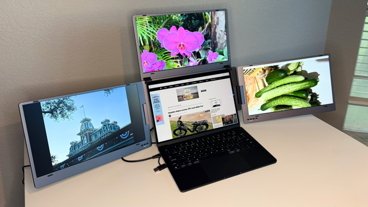

1 Comment
I looked at the DJI power 1000 2 months ago.
I purchased the anker solix 1000.
The main reason is to connect a solar panel you need a special accessory to do so, this is nuts.
All other manufacturers have a XT60 socket for solar panel.
At this price point it should have this socket.